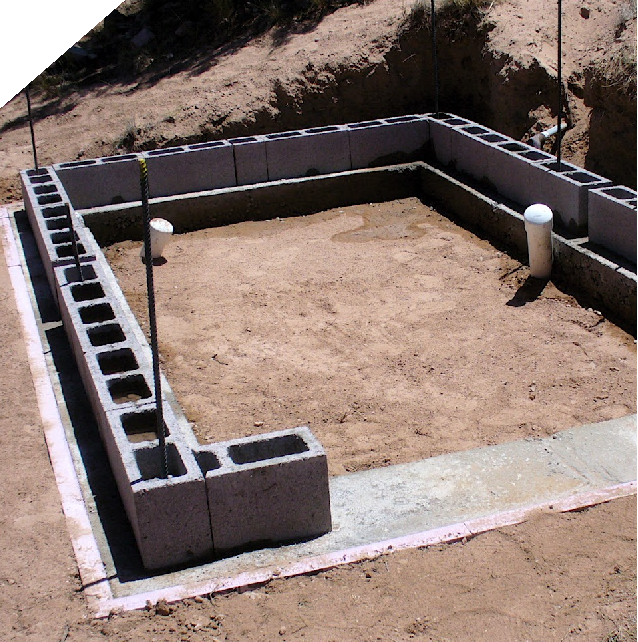
7-10mm and 14mm products ranging from 20 to 40MPa compressive strength at 28 days with options in design slump between 10-20mm for machine placing and 50mm for hand placement.
Due to concrete’s versatile nature, it can be used in multiple situations and perform various jobs. Buildings, bridges, slabs, piping, inside and outside flooring, streets, driveways, are some instances where concrete may be applied. For more decorative touches, colouring, sealing, and finishing can be applied to exposed or polished concrete, perfect for creating a custom look for homes, or businesses.
Cement is a type of binder, a substance that sets and hardens when added with water, or any other inert durable materials like stone and sand. Its chemical compound allows it to set as hard as rock and can withstand impacts, heat, abrasion, and weathering. Cement is primarily made by heating limestone to very high temperatures to create a material called clinker. The clinker is then ground with a small amount of gypsum into a powder to make ‘Portland Cement’, the most commonly used type of cement. Portland cement is a basic ingredient of concrete, mortar and most non-specialty grout. The most common use for Portland cement is in the production of concrete.
Concrete and cement are usually contrasted together as being similar products. However, cement is actually an ingredient of concrete. Cement is an additive that provides the basis for the glue that holds concrete together. Concrete is a mixture of aggregates (stones) and sand, along with water and cement. The process of mixing these materials is called hydration, where the cement and a portion of water undergo a chemical reaction and harden. This means that concrete “sets” or “hardens” as a result of the chemical reaction – and does not simply dry out. Other special additives can then be added to alter texture, pigmentation, and other properties.
Call us on (03) 9551 8890
Visit our showroom